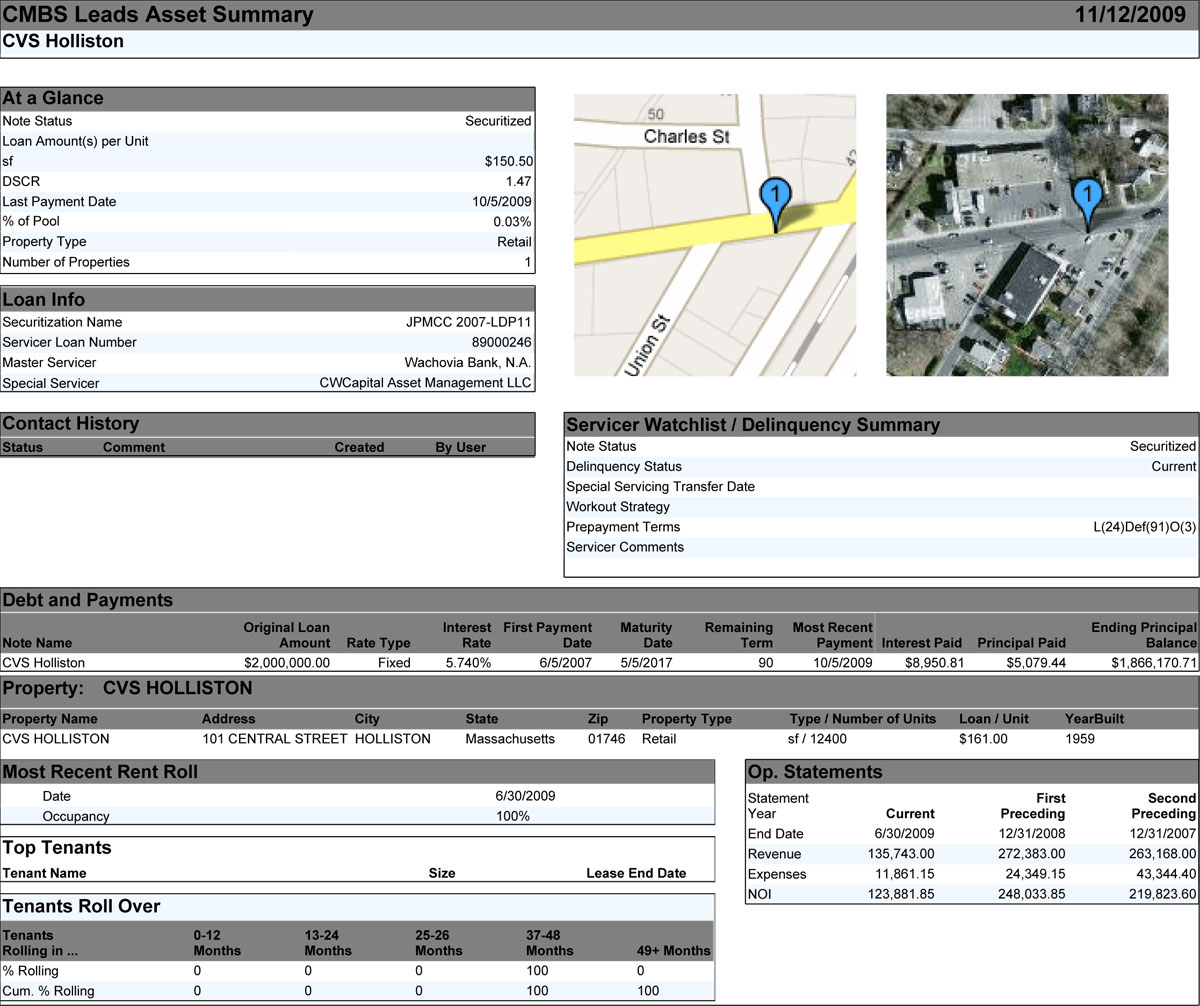Rating agency reform
I attended the CREFC After-Work Seminar – SEC Disclosure Requirements this week on the new SEC rule (Rule 17g-5) that goes into effect June 2. The rule is designed to address the perceived conflict of interest that rating agencies have as a result of issuers paying for ratings.
The rule requires issuers and hired rating agencies to maintain password-protected websites to share rating information with non-hired rating agencies.
Here are the rule’s objectives:
– Increase the number of ratings for structured finance products,
– Promote issuance of unsolicited ratings and
– Reduce the ability of issuers to obtain better than warranted ratings by exerting influence over hired rating agencies.
The session explained the rule and attempted to answer questions about its implications. You can download the details (New SEC Rating Agency Reform Requirements and Impact on Structured Products Participants) and read the highlights here:
1) The rule regulates the NRSROs (nationally recognized statistical rating organizations, aka rating agencies), not the issuers. A rating agency must maintain a website that lists all the deals it is rating and provide links to the Arrangers’ websites to access the disclosed data. Non-compliance by the NRSRO could jeopardize the NRSRO designation granted by the SEC.
2) Arrangers (issuers, sponsors and underwriters) are responsible for A) posting and maintaining all data and communication they have with the hired agency and B) granting access to this data to the non-hired NRSROs.
3) The rule applies to most structured finance including CMBS, CDOs, CMOs, CLOs and even 144A private deals.
4) The non-hired NRSROs must treat the information as material non-public information. There are lots of unanswered questions about what this really means, especially in CMBS where the ratings are usually supported by loan-level reports.
5) If a non-hired NRSRO accesses more than 10 deals on an arranger’s website, it must provide ratings for at least 10 percent of the deals they access. This is meant to prevent “free” data searches.
Catalyst?
As the three lawyers from Cadwalader explained all this to the audience, the reaction was focused primarily on implementation headaches.
I spoke up and said what a great opportunity this presents for the industry to adopt standards for both the way we communicate with the rating agencies and what data we share. I plugged MISMO and IRP 6 and reminded the crowd that the work of creating the standards is already done; we just need a coordinated adoption effort.
While there was some push-back, the compliance issues are so overwhelming that adoption of standards now seems inevitable. More than any other group I’ve discussed these issues with, I sensed this group is finally realizing that, since transparency is being mandated, standards will have to be adopted.
There’s a meeting in mid May to discuss these changes in more detail, and I am sure these issues will be front and center at the June conference. Stay tuned.
Great view

The offices of Cadwalader are downtown at One World Financial Center. The space has a great view south over New York Harbor with the Statue of Liberty and Staten Island. |
World Trade Center
— — —
Jim Flaherty is CEO of CMBS.com and the creator of the Backshop loan origination system. He is a trained credit professional with experience installing enterprise underwriting systems for commercial real estate lenders, rating agencies and investors.









